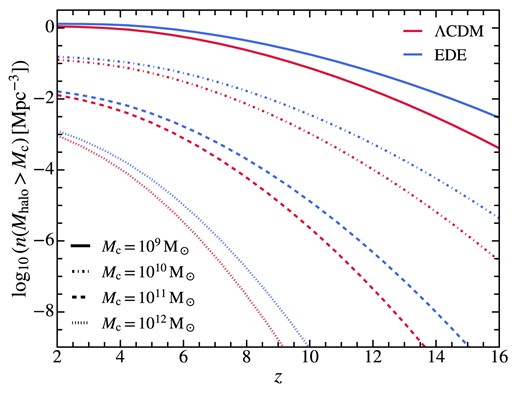2024-09-13 パシフィック・ノースウェスト国立研究所(PNNL)
<関連情報>
- https://www.pnnl.gov/news-media/simulation-synthesis
- https://pubs.acs.org/doi/full/10.1021/jacs.4c03849
機械学習とクラウド高性能コンピューティングによる計算材料発見の加速:大規模スクリーニングから実験的検証まで Accelerating Computational Materials Discovery with Machine Learning and Cloud High-Performance Computing: from Large-Scale Screening to Experimental Validation
Chi Chen,Dan Thien Nguyen,Shannon J. Lee,Nathan A. Baker,Ajay S. Karakoti,Linda Lauw,Craig Owen,Karl T. Mueller,Brian A. Bilodeau,Vijayakumar Murugesan,Matthias Troyer
Journal of the American Chemical Published July 9, 2024
DOI:https://doi.org/10.1021/jacs.4c03849
Abstract

High-throughput computational materials discovery has promised significant acceleration of the design and discovery of new materials for many years. Despite a surge in interest and activity, the constraints imposed by large-scale computational resources present a significant bottleneck. Furthermore, examples of very large-scale computational discovery carried out through experimental validation remain scarce, especially for materials with product applicability. Here, we demonstrate how this vision became reality by combining state-of-the-art machine learning (ML) models and traditional physics-based models on cloud high-performance computing (HPC) resources to quickly navigate through more than 32 million candidates and predict around half a million potentially stable materials. By focusing on solid-state electrolytes for battery applications, our discovery pipeline further identified 18 promising candidates with new compositions and rediscovered a decade’s worth of collective knowledge in the field as a byproduct. We then synthesized and experimentally characterized the structures and conductivities of our top candidates, the NaxLi3–xYCl6 (0≤ x≤ 3) series, demonstrating the potential of these compounds to serve as solid electrolytes. Additional candidate materials that are currently under experimental investigation could offer more examples of the computational discovery of new phases of Li- and Na-conducting solid electrolytes. The showcased screening of millions of materials candidates highlights the transformative potential of advanced ML and HPC methodologies, propelling materials discovery into a new era of efficiency and innovation.



